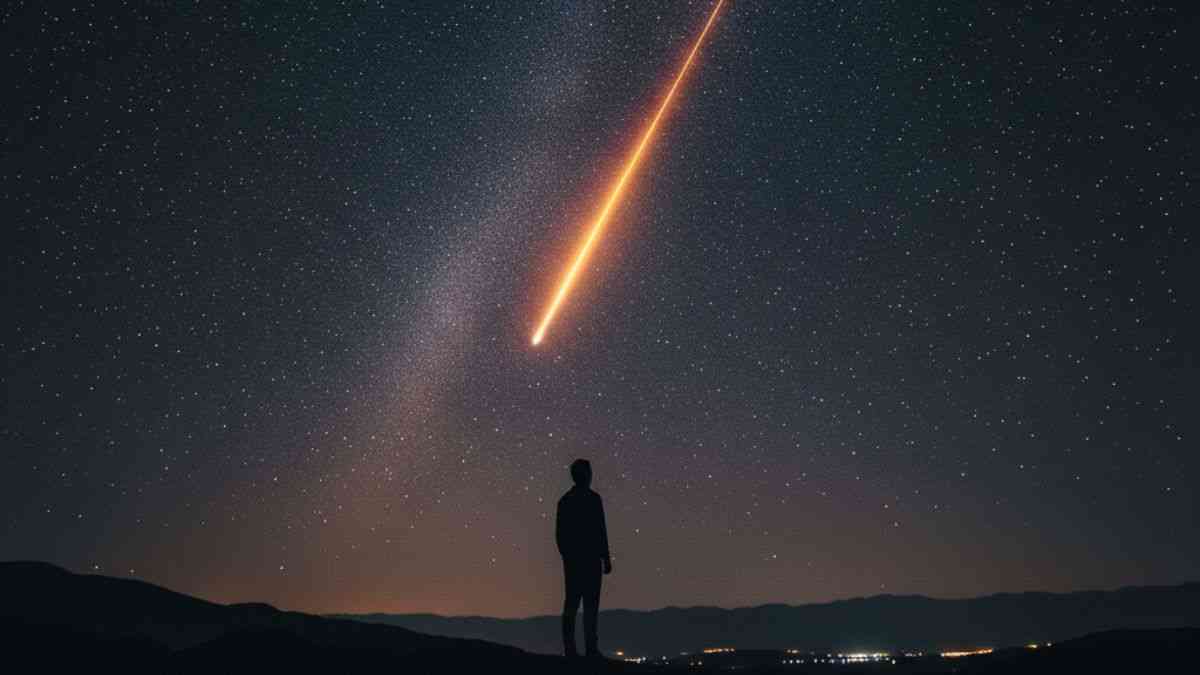Science
Ten Minutes is Enough: How AI is Changing People’s Minds
07 January 2026

Want to experience something that takes your breath away? In just a few days, an extraordinary spectacle will begin in the night sky. Two meteor showers, nicknamed the Hunter’s Arrows and the Dragon’s Rain, will light it up. See when to look for the fiery downpour during the night of shooting stars.
In just a few days, a true starry spectacle will begin in the sky—one no one should miss. First, we’ll see the Hunter’s Arrows, known as the Orionids. These meteors are extremely fast and bright. They resemble arrows shot from a bow. Their radiant lies in the constellation of Orion, the mythical hunter who, according to legend, challenged the gods themselves.
It’s no wonder the name Hunter’s Arrows comes from this hero. These meteors are remnants of Halley’s Comet, which visits the inner Solar System once every 76 years. Our planet crosses the path the comet leaves behind every year. That’s why we can admire the Orionids annually.
Don’t miss more incredible celestial wonders: Mysterious Red Dots in Space: What Are These Strange Objects?
Save these dates—you’ll see the Hunter’s Arrows at their finest then:
For the best experience, head to a location with low light pollution: rural areas, dark-sky parks, or secluded coastlines and mountains. Choose a clear night, let your eyes adapt for at least 20 minutes, and avoid bright screens. The farther from city lights, the more spectacular the show.
Because the Orionids have a long activity period, dress warmly and bring a blanket. A reclining chair helps, too. You won’t need a telescope or any specialized gear—the Hunter’s Arrows will be perfectly visible to the naked eye.
Meanwhile—more precisely, between October 6–10—the Draconids will appear. This shower is quite unpredictable: sometimes it’s a gentle rain of light, and other times a true meteor storm. It’s another chance to experience a night of shooting stars.
This phenomenon is caused by the comet 21P/Giacobini–Zinner, which leaves behind trails of dust and ice. When our planet crosses this cosmic path, the tiny particles enter the atmosphere and ignite—much like striking a match.
The name Dragon’s Rain refers to the Draconid radiant in the constellation Draco. The meteors look as if they’re falling from the sky like the fiery breath of a mythical creature.
For ancient cultures, dragons were symbols of chaos, power, and transformation. Today, you can watch their “fiery breath” with your own eyes—just get away from city lights and find a dark spot to see the sky flare like a myth come to life.
Here’s your plan for a star-studded night:
Each meteor is more than a flashy streak in the atmosphere. It’s a fragment of an ancient comet that has been orbiting the Solar System for hundreds—sometimes even thousands—of years. When it meets Earth’s atmosphere, it becomes a nocturnal spectacle you can witness only under the stars during a night of shooting stars.
Read the original article: Spadną Strzały Łowcy i Smoczy Deszcz. Zobacz kosmiczny spektakl

Science
06 January 2026


Zmień tryb na ciemny